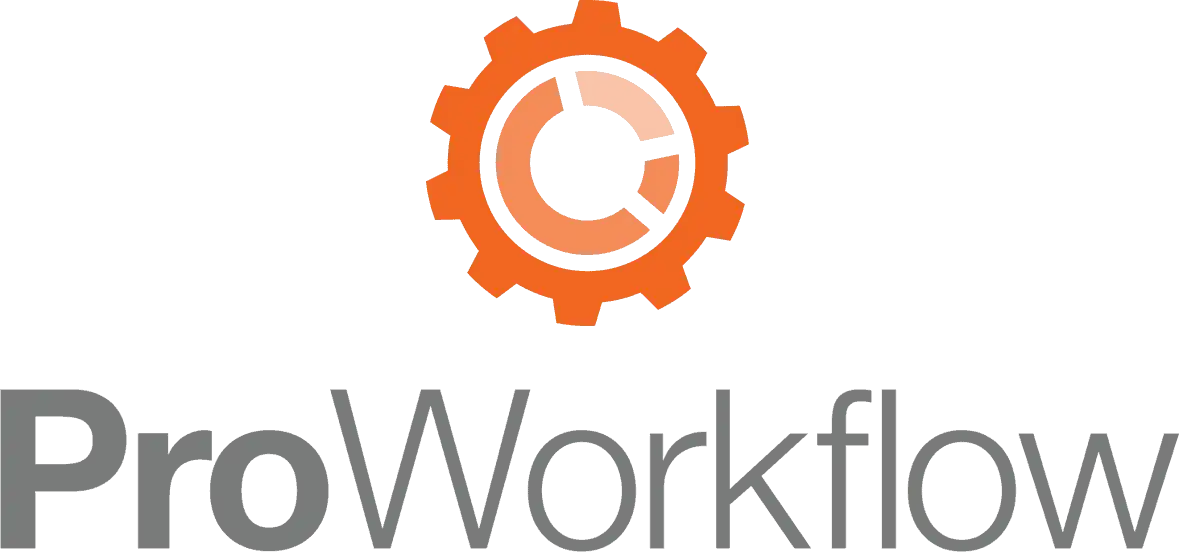Businesses persistently pursue innovative methodologies within the dynamic global business environment to optimize efficiency and productivity. Workflow automation is one transformative paradigm, revolutionizing laborious tasks through process automation.
This paradigm not only preserves valuable time but also minimizes costly errors. Organizations can increase productivity by optimizing operational processes and allowing their teams to focus on strategic objectives and fundamental competencies.
Do you feel overwhelmed by the significance of the volume of paperwork and repetitive tasks? Follow along as we delve into automation’s transformative potential and how it can alleviate these burdens, empowering your company or organization to thrive in the contemporary era.
Understanding Workflow Automation
Implementing workflow automation can be likened to employing a virtual assistant. Its fundamental purpose is to delegate repetitive and routine tasks to computational devices, empowering human professionals to direct their focus toward more consequential and strategic pursuits.
Imagine a scenario where specific procedures are routinely executed, such as processing a new customer order. Rather than manually performing each step, workflow automation empowers computers to undertake these tasks autonomously.
This entails providing the computer with step-by-step instructions, ensuring consistent execution of the defined processes.
For instance, after filling out an online form, the computer can promptly send a thank-you email, input the customer’s information into a specified database, and schedule a follow-up communication. Likewise, development teams often use AI website builders, which can simplify the task of creating and overseeing automated workflows.
All the required subsequent actions would have been set beforehand, so once the computer or system comprehends the desired behavior, it can replicate it repeatedly without needing constant guidance.
Benefits of Workflow Automation
Consider your business a meticulously functioning system. Workflow automation integrates advanced components into this system. Implementing this strategy significantly enhances operational efficiency and expedites processes, allowing the organization to function with improved fluidity and productivity.
Increased Efficiency and Productivity
The first benefit of automating your workflow is increased business efficiency and productivity. By automating most tasks, you allow your team to allocate more of their time to endeavors of greater significance.
Consider the multitude of trivial jobs that consume your daily schedule, such as data entry, email correspondence, and scheduling of meetings. Through automation, your computer assumes responsibility for these tasks, thereby liberating your team to engage in creative pursuits, problem-solving, and relationship-building with your customers.
Cost Savings
The implementation of automation has the potential to generate significant cost savings for organizations through various avenues. Primarily, it reduces individuals’ time allocated to tasks of diminished value, thereby enabling enhanced productivity with a reduced workforce.
Furthermore, automation is a valuable tool in error prevention and minimizes the need for costly rectifications in the future.
Foster Accuracy and Enhanced Consistency
Due to their inherent weakness, incapacitation, and finite ability, individuals usually tend to commit mistakes. In contrast, computers are not inherently susceptible to such errors, unlike humans.
By automating tasks, we eliminate the risk of human-induced mistakes, ensuring greater accuracy and reliability of data and reports. Furthermore, automation fosters consistency in customer experiences by ensuring that all standard processes and protocols are carefully followed.
Better Time Management
Consider the possibility of increasing the number of hours in a day you spend engaging in activities that align with your passions. Workflow automation offers this opportunity. By automating repetitive tasks, your team can redirect efforts towards high-priority projects, formulate innovative strategies, and foster stronger relationships with clientele.
Essential Tools for Workflow Automation
Source: Canva Pro
Your enterprise is like a grand orchestra, with each department playing an integral role. However, the symphony may become disjointed and discordant without the appropriate coordination tools. Workflow automation solutions act as the conductor’s baton, harmonizing and streamlining your operations.
Let us delve into the fundamental categories that can revolutionize your work processes.
Project Management Tools
Consider initiating the construction of a residential structure without an architectural blueprint. The resulting disorganization would be significant. Project management tools act as blueprints for professional undertakings, aiming to facilitate project planning, organization, and monitoring from inception to completion.
These tools offer a structured approach for decomposing extensive endeavors into manageable phases, delegating tasks, and ensuring transparency regarding individual contributions.
Examples of Project Management Tools:
- Asana
- Trello
- Jira
- Monday.com
- ClickUp
Communication and Collaboration Tools
Have you engaged in telephonic communication? Data can be compromised or altered during transmission. Communication tools facilitate alignment and shared understanding among team members.
Some tools that can tackle the issue of communication act as virtual meeting spaces. These spaces allow teams to conduct text-based discussions, exchange files, and engage in video conferences. These tools simulate team huddles without the need for physical proximity.
Examples of Communication and Collaboration Tools:
- Slack
- Microsoft Teams
- Google Workspace (formerly G Suite)
- Zoom
- Discord
Marketing Automation Tools
When it comes to marketing, it often feels like one is attempting to strike a moving target. Marketing automation tools, however, offer a solution that aids in achieving precision and effectiveness.
These tools can help you alleviate the burden of mundane tasks, including email distribution and social media posting. This enables marketers to concentrate on creating compelling content while these tools handle the remaining aspects.
Examples of Marketing Automation Tools:
- HubSpot
- Mailchimp
- Hootsuite
- Marketo
- ActiveCampaign
Accounting and Finance Tools
Financial management can be daunting at times. However, accounting and finance tools serve as virtual financial consultants for your organization. These innovative tools can solve the issues of accountability and finance and provide comprehensive solutions for managing bills, invoices, and taxes.
They operate as automated accounting assistants, guaranteeing precision and efficiency in financial transactions.
Examples of Accounting and Finance Tools:
- QuickBooks
- Xero
- Wave
- FreshBooks
- Zoho Books
Customer Relationship Management (CRM) Tools
Achieving customer satisfaction is the primary goal and priority for organizations and businesses seeking success and sustainable growth. That’s why Customer Relationship Management (CRM) tools offer a valuable solution and help tackle any CRM-related challenges.
These tools energize organizations to meet loyal customers’ needs effectively, enabling systematic tracking and managing customer data and preferences.
Examples of Customer Relationship Management (CRM) Tools:
- Salesforce
- SugarCRM
- Zoho CRM
- Pipedrive
- Microsoft Dynamics 365
Strategies for Implementing Workflow Automation
Source: Canva Pro
Getting started with workflow automation might feel like solving a complex puzzle. But with the proper steps, you can turn your business into a well-organized and strategic one.
Here’s how to do it in five simple steps:
- Identify Repetitive Tasks
The first step is determining what consumes the most time in your business. After discovering it, look for the tasks that people do repeatedly. These are the prime candidates for automation. They might be data entry, sending emails, or approving documents. Then, you can start thinking about how to automate them.
- Choose the Right Tools
You need the right tool for the job or business to run effectively and lead to success. However, research must take place, think about the tasks you want to automate and find the tools that fit and can handle them effectively. That means if you’re going to automate email marketing, you’ll need a different tool than if you want to automate your accounting process.
- Integrate Automation Tools
Bringing all these tools together is like building a solid team. You need to make sure they can work together smoothly. This might involve connecting your email software to your customer database or linking your project management tool to your accounting software. This will help your business and team be active and run effectively.
- Train Your Team
People are the heart of any business, so getting everyone involved in automation is very important. Meanwhile, you need to provide consistent training for your team on using a new tool more effectively to be more productive. Although it might take some time for them to adapt, it’s worth it.
- Monitor and Optimize
Most people don’t realize that automation is an ongoing process. You need to monitor how things are working with the people using them and make necessary adjustments. You can keep your business running at peak performance by constantly checking up on and improving your automated workflows.
Best Workflow Automation Tools
|
Primary Rating:
3.5
|
Primary Rating:
3.5
|
Primary Rating:
3.5
|
Conclusion
Imagine having a personal assistant who never sleeps and is always eager to help. That’s where workflow automation comes in, and it is like it is for your business. Automating most of your repetitive tasks frees your team to focus more on what they do best by being creative, solving problems, and building relationships.
Meanwhile, automation isn’t just about saving time alone. It’s about boosting business and team productivity, cutting costs, and improving accuracy. It’s about turning your business into a well-strategic, easy one.
Begin by identifying those tasks that are draining your team’s energy. Then, explore the wide range of automation tools available.







